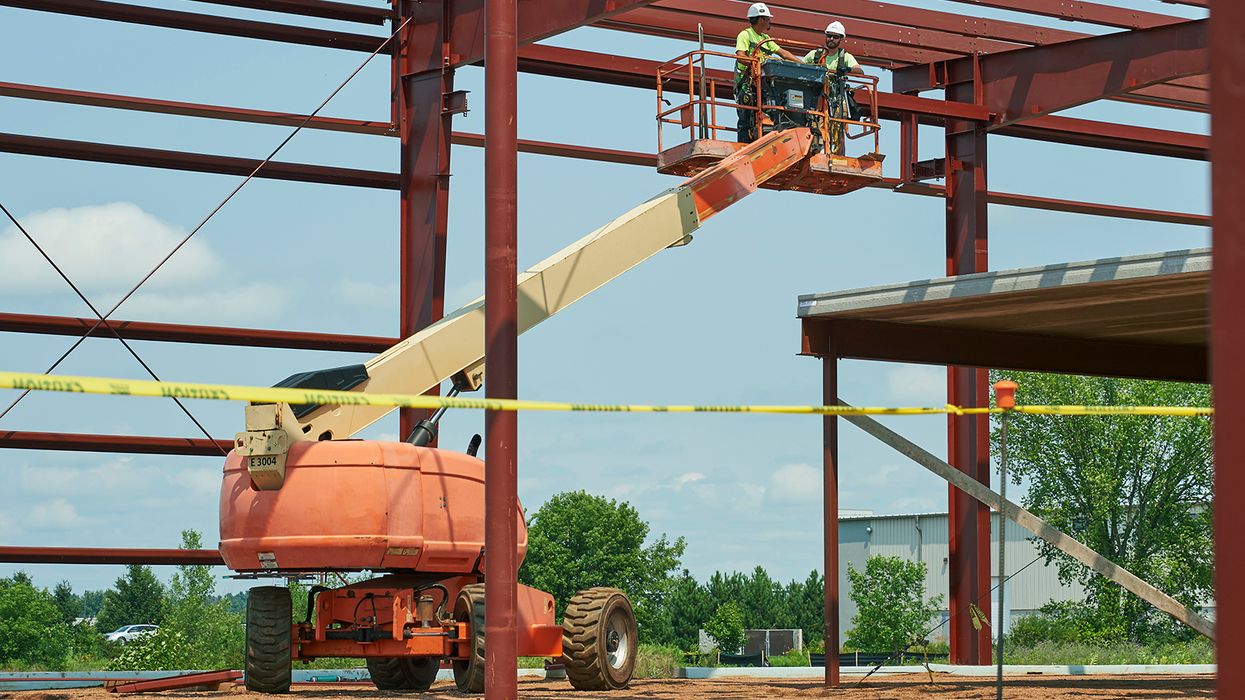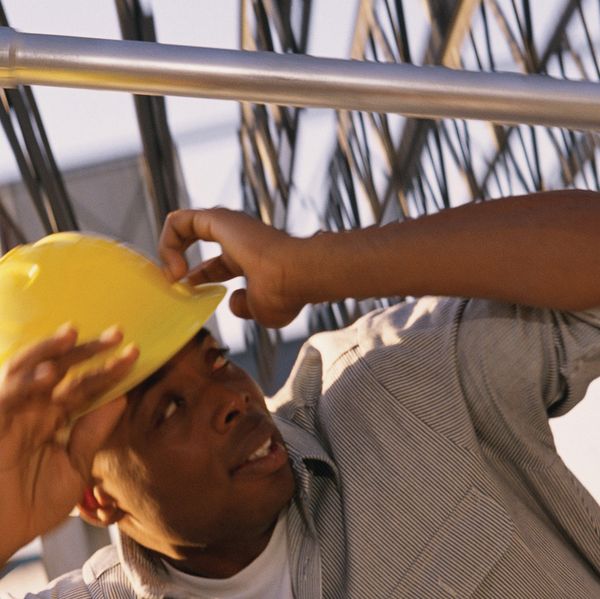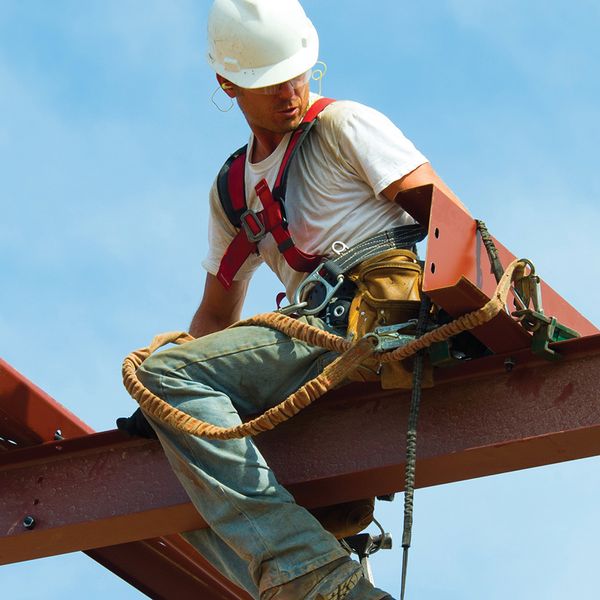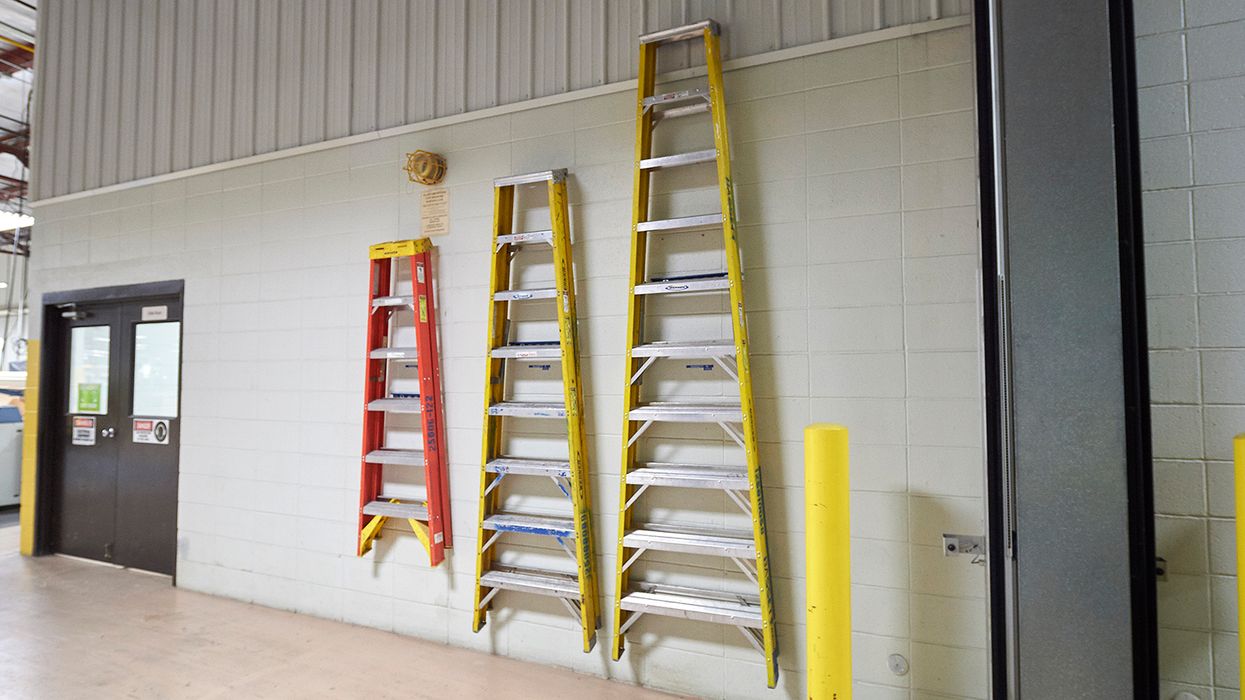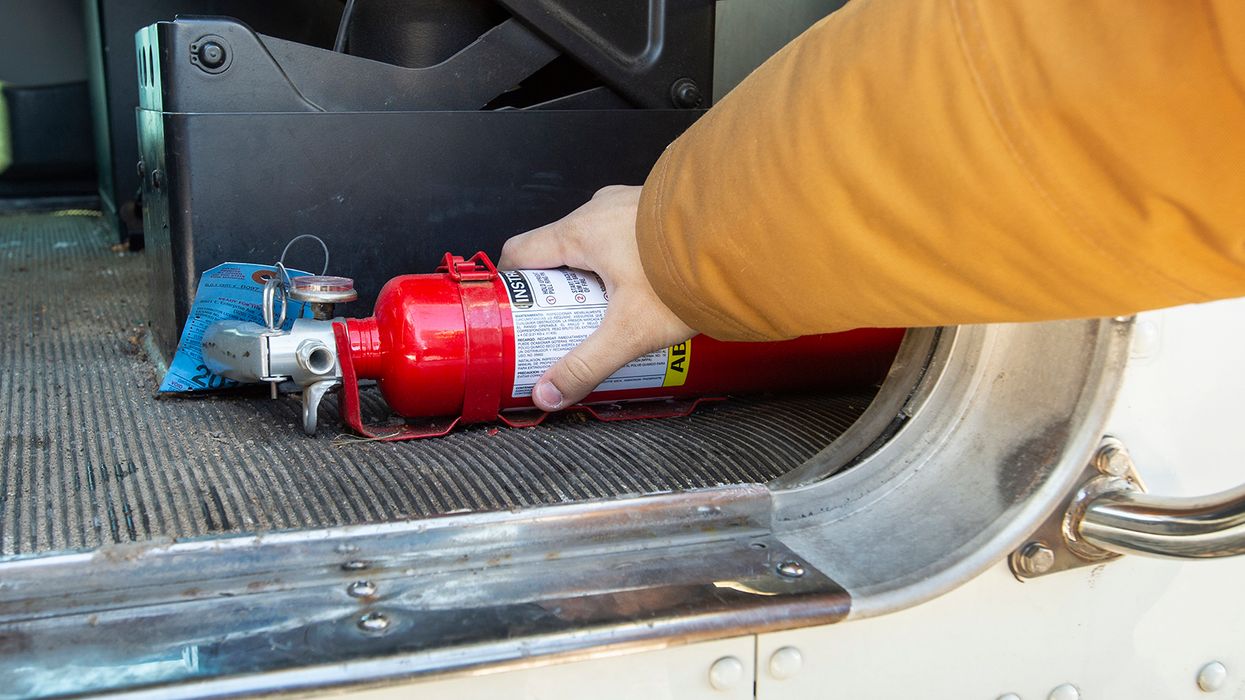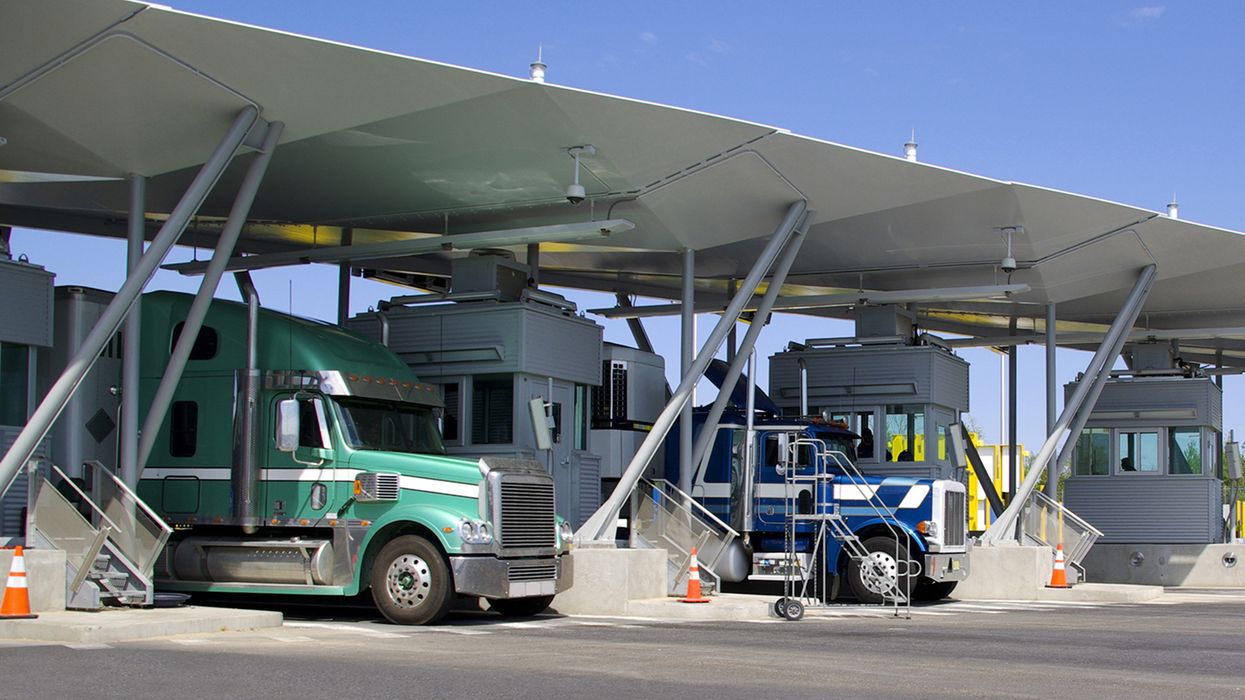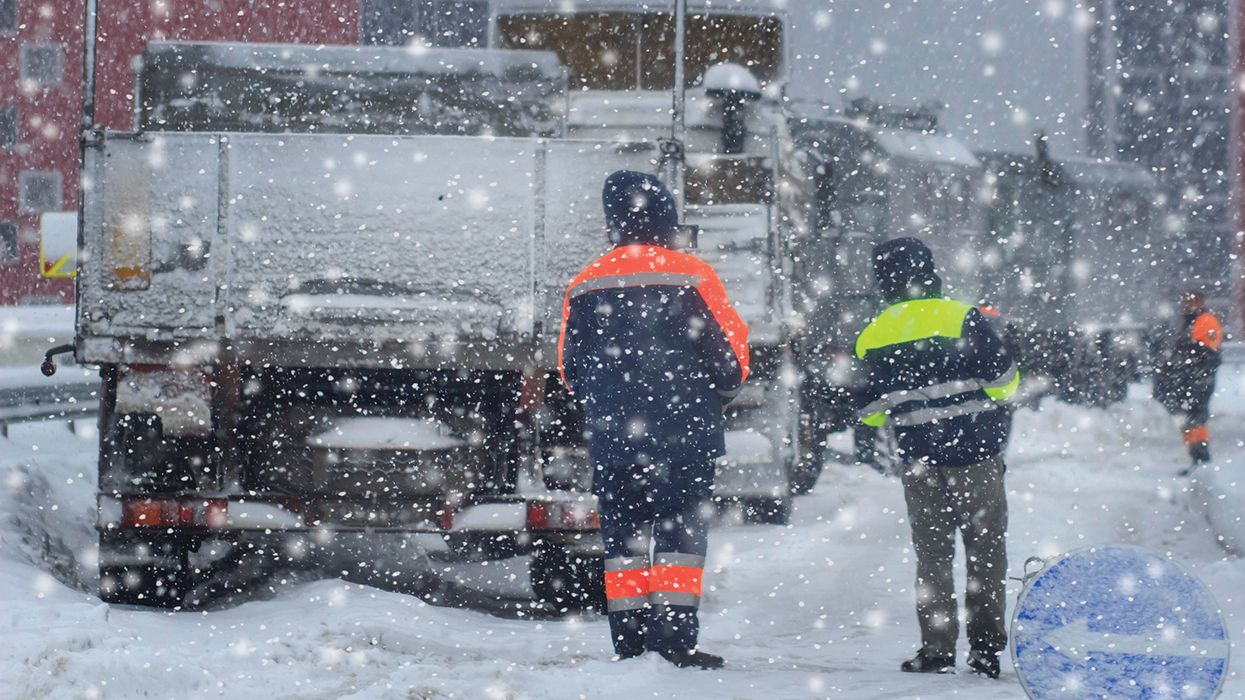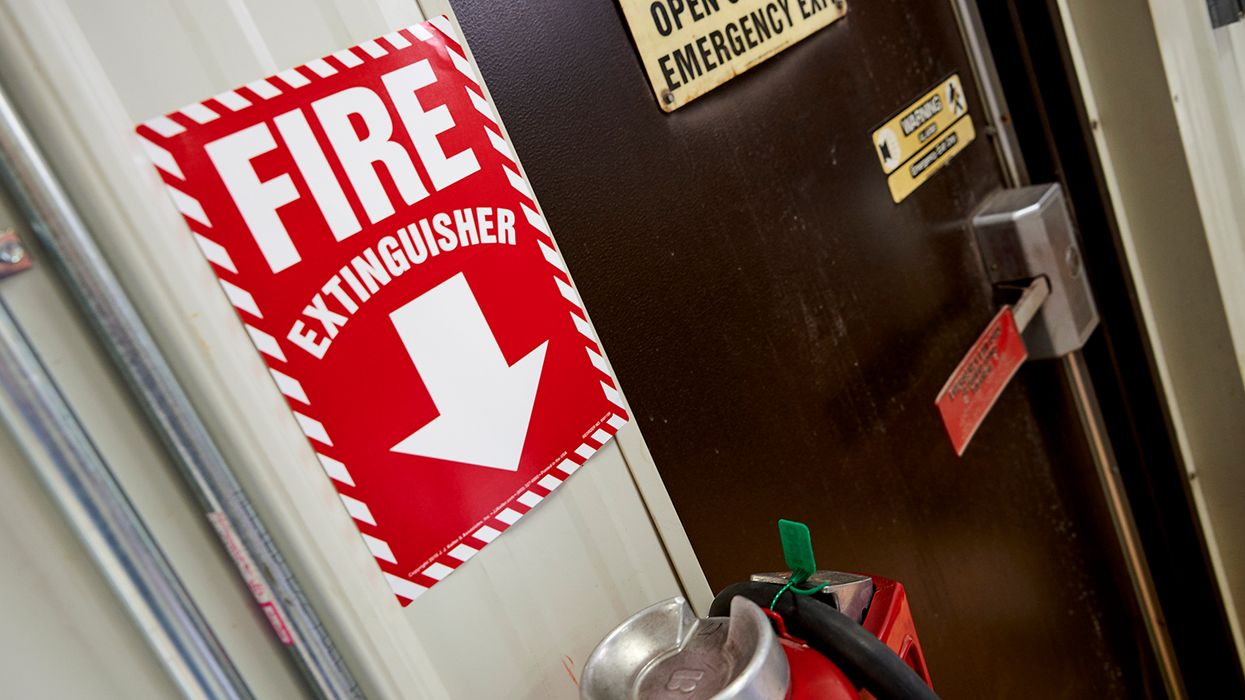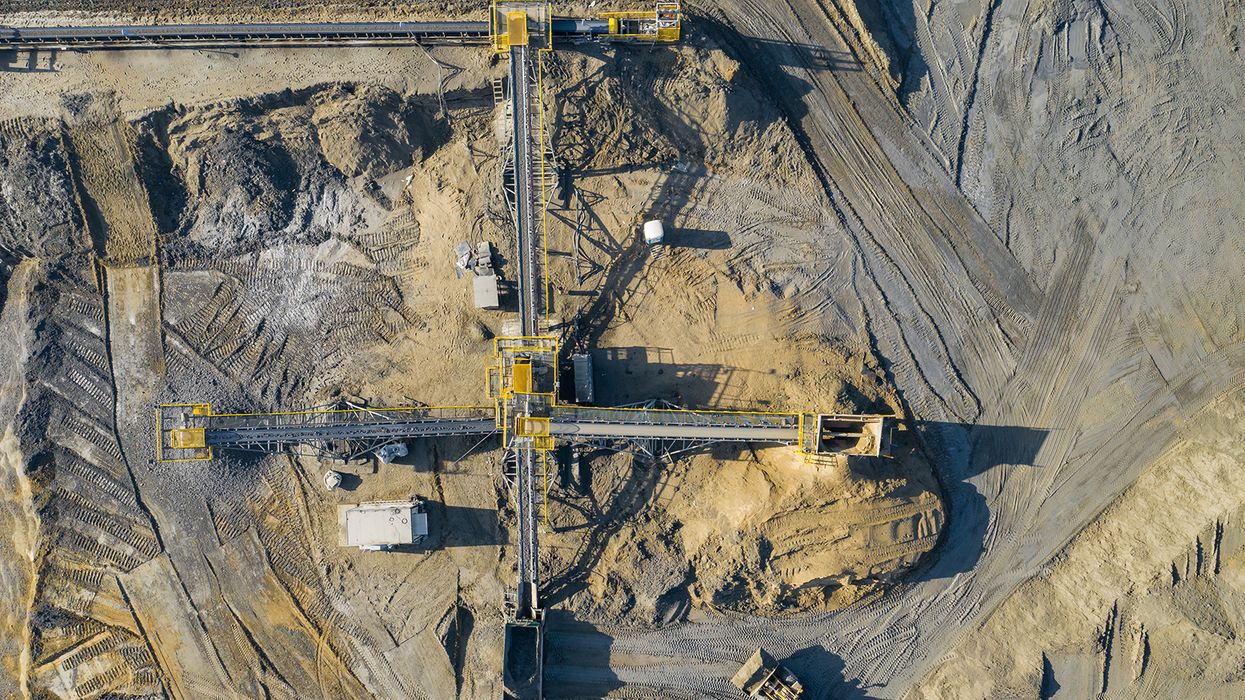Forgotten barricades: Working with scissor and aerial lifts
Aerial lifts require personal fall protection, while scissor lifts highly recommend it, but what about falling object protection? These lifts are equipped with built-in toeboards that are part of falling object protection but are often only part of the picture. They are designed to prevent kicked objects from falling but don’t impact employees dropping tools or materials sliding through the guardrails. Unless a lift is used for inspection, employees typically use tools and perform work from the basket. They can drop a variety of hazards on the ground below.
Examples of falling objects
- Small and heavy: Wrenches and hammers
- Sharp objects: Sheet metal and nails
- Awkward and heavy: Drywall and pipes
- Hot materials: Welding slag and grinding sparks
A wrench dropped from 20 feet in the air can cause severe damage to an unsuspecting person below, so what can be done? Keep people away from the hazard. The simplest option may be to cordon off the area to prevent unauthorized access. If employees need to work nearby, they should be aware of the overhead work and wear head protection as part of their personal protective equipment (PPE). Depending on the configuration of the work area, this may mean a couple of cones, caution tape, or physical dividers with an area monitor to keep people out. It is important to note that OSHA doesn’t directly call out barricading off the area around a lift as part of falling object protection. However, like in many OSHA standards, only the expectation is listed, not the means to do so. Falling object protection is addressed, directly and indirectly, in the following standards:
General Industry
- 1910.29 Fall protection systems and falling object protection - criteria and practices
- 1910.135 Head Protection
Construction
A common question is how much area should be cordoned off? Again, OSHA does not specify. However, a best practice is to block off the fall distance plus a little extra, roughly 1.25 times the fall distance of the lift. If the lift is elevated to 20 feet, cordon off 25 feet around the lift, or as much as the surroundings allow.
Keep unauthorized employees away from the work area by using cordoned off areas and protect employees within the space through awareness of the work going on and proper PPE. Even though OSHA does not provide exact instructions on how or when to barricade an area off for falling object protection, it is a vital step in ensuring that authorized and unauthorized employees stay safe when working around lifts.

